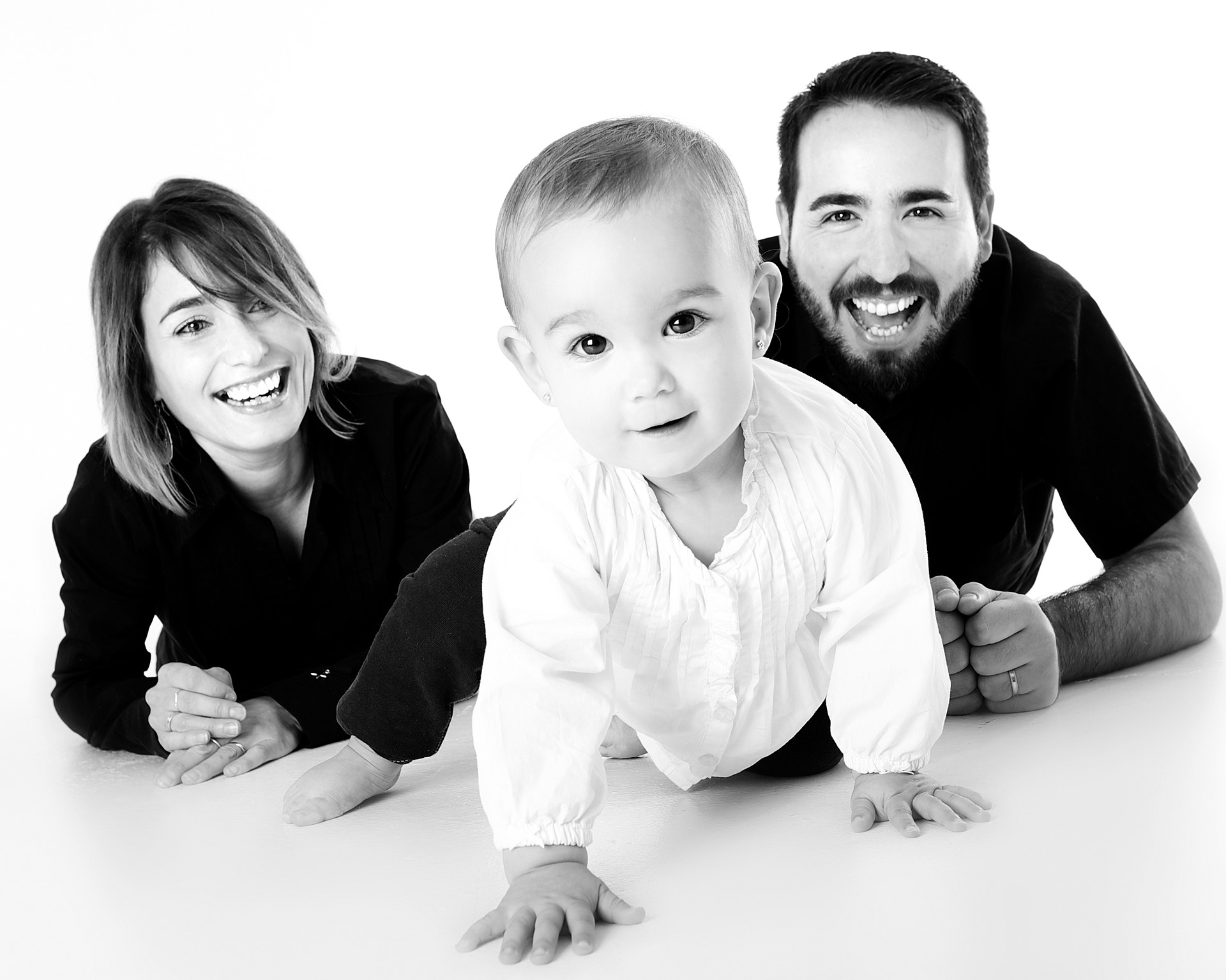Life as a parent is seldom easy. People often realize that some of the hardest parts of the job are the least talked about. Case in point, trying to cope with the very real possibility of illness within your family. People often talk about the joy of starting a family. But they don’t put nearly as much stress on just how vulnerable that can make someone feel. Knowing that tiny developing lives are placing all their hopes and trust in you can be a humbling thing.
Most people soon realize that even their partners have vulnerable spots that need looking out for. And this is particularly true of illness. You can stay on guard for more obvious dangers. And it’s also easier, even if not easy, to teach children how to watch out for quite a few of those risks. Looking both ways before crossing the street and the idea of stranger danger are early safety lessons for most kids.
But just because you can’t see dangerous illnesses directly doesn’t mean you necessarily need to be blind to it. You can’t see the wind, but you can see leaves blown about by it. In the same way, you can guard yourself against illness by understanding some aspects of microbiology and, in particular, how cold chain logistics applies to all of this.
In a larger sense, we’re all floating in an ocean of bacterial and viral threats. It’s simply an inevitability of life when you’re essentially neighbors with millions of people. You might not feel like you’re rubbing shoulders with millions of people every day, but that’s where a comparison with cold chain logistics comes in.
Small organisms often have a long reach
Cold chain logistics is a method by which temperature sensitive material, especially biological material, is transported between source point and destination. When people talk about it in terms of illness they’re usually referring to transport of a vaccine from manufacturing to distribution points. It’s obviously an important part of staying healthy in cold and flu season. The vaccine can shield oneself and one’s family from some of the more dangerous illnesses.
This is essentially how a virus or cold is transmitted within towns, cities or even a household. In fact, a vaccine itself contains elements related to the illness it’s designed to fight against. The needs of a virus and vaccine aren’t all that different. Both require a stable temperature and environment in order to pass from source to destination.
Disrupting the chain of infection
However, the big difference is that you don’t want an active virus or bacterial contaminant to make that leap. But disrupt any part of the chain and the process will end right there. And when enough people do so it can dramatically reduce the overall chances of becoming sick. This effect is why smallpox, polio and many other diseases are no longer a concern. Vaccinations essentially broke the chain of transmission and starved them out.
This principle usually takes quite a bit of time to apply to the population as a whole. But on the brighter side of things, you can apply the general concept to help protect your family from viral infections.
The most important thing to remember is that a microorganism needs that chain to move from one host to another. Break the chain and the threat of infection from that particular source is removed. Of course, any given cold or flu will have hundreds of thousands of active infections at any given time. But thankfully, an urban housewife can focus the majority of her preventive measures on her household.
Preventative measures
The concept of removing chains of infection are important year round, but it’s especially vital to work on it during cold and flu season. To begin, make sure that every member of your family receives a flu shot. Next, remember that microorganisms need a specific amount of heat and moisture to stay alive. Try to instill proper handwashing techniques in your children and spouse. A pet might not be able to be infected by a human-oriented virus, but keep in mind that he can carry it on his fur for a while before the virus dies.
You should also try to minimize the amount of moist material entering into the home. Simply enforcing a no shoes in the house rule can do wonders in breaking the chain of infection there. But the most important part of breaking that chain comes from education. Just as you understand how illness moves from one place to another, ensure your family does as well. Make sure they know that getting sick isn’t just about them. It’s also about every other person they come into contact with. And that any sick person they come in contact is a link in the chain of infection.
This obviously doesn’t mean they should shun friends or playmates who are sick. But it does mean that they should take some precautions when socializing with a person who has a cold or flu. Washing their hands, avoiding contact with their mouth or eyes before washing, and other preventive measures will provide quite a bit of protection for everyone.

